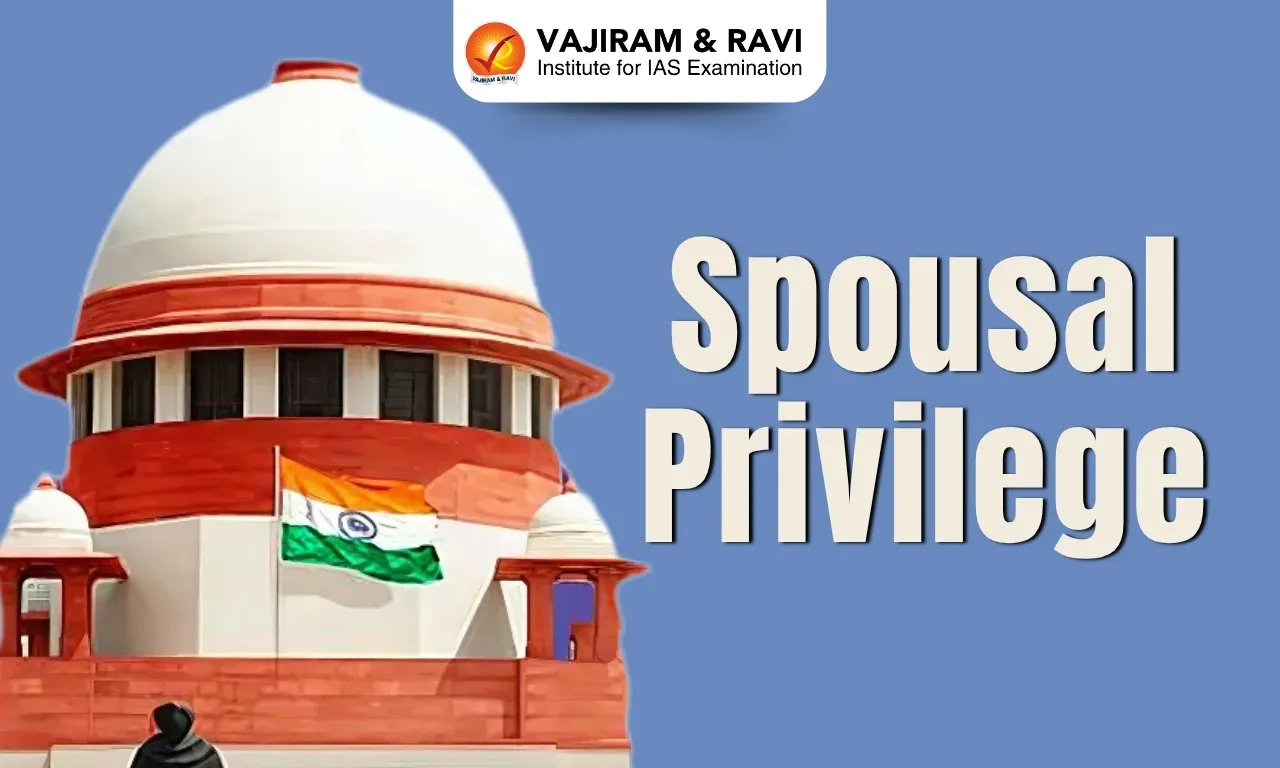What’s in today’s article?
- Background
- Why is Warming Over India Lower?
- Polar Regions are Warming Faster Than Tropical Regions
- What are the Reasons for Faster Warming of Polar Regions?
Background
- The annual mean temperature of the world is known to have increased by 1.1 degree Celsius from the average of the 1850-1900 period. But this increase, as can be expected, is not uniform.
- It varies in different regions and also at different times of the year.
- This single number denoting global temperature increase, very effective for communicating the dangers of climate change, is built on top of several layers of averages.
- For example, temperature rise over land is much higher than over oceans.
- The warming trends over the Indian region are very different.
- An assessment of climate change over the Indian subcontinent, published by the Ministry of Earth Sciences in 2020, said annual mean temperatures had risen by 0.7 degree Celsius from 1900.
- This is significantly lower than the 1.59 degree Celsius rise for land temperatures across the world.
- It could give the impression that the problem of climate change over India was not as acute as other parts of the world.
Why is Warming Over India Lower?
- The relatively lower rise in temperatures over India is not a surprise. Also, India is not a special case.
- The increase in temperatures is known to be more prominent in the higher altitudes, near the polar regions, than near the equator.
- This is attributable to a complex set of atmospheric phenomena, including heat transfers from the tropics to the poles through prevailing systems of air circulation.
- Geographically, India is located in the tropical region, quite close to the equator.
Image Caption: India’s Mean Max Temp. Image Caption: India’s Mean Min Temp.
- Impact of Aerosols –
- Aerosols refer to all kinds of particles suspended in the atmosphere.
- These particles have the potential to affect the local temperature in multiple ways.
- Many of these scatter sunlight back, so that lesser heat is absorbed by the land.
- Aerosols also affect cloud formation. Clouds, in turn, have an impact on how much sunlight is reflected or absorbed.
- Aerosol concentration over the Indian region is quite high, due to natural as well as man-made reasons.
- Due to its location in the tropics and the arid climate, India is no stranger to dust.
- But it also happens to be experiencing heavy pollution right now.
- Emissions from vehicles, industries, construction, and other activities add a lot of aerosols in the Indian region.
- A reduction in warming could be an unintended but positive side-effect.
Polar Regions are Warming Faster Than Tropical Regions
Image Caption: Warming of Earth Map
- The planet as a whole has warmed by 1.1 degree Celsius compared with preindustrial times.
- But, as mentioned earlier, this is just the average. Different regions have seen very different levels of warming.
- The polar regions, particularly the Arctic, have seen significantly greater warming.
- The IPCC report says the Arctic region has warmed at least twice as much as the world average.
- Its current annual mean temperatures are about 2 degrees Celsius higher than pre-industrial times.
What are the Reasons for Faster Warming of Polar Regions?
- As mentioned earlier, heat transfers from the tropics to the poles through prevailing systems of air circulation, leading to warming of polar regions faster.
- Another prominent cause is what is known as the Albedo Effect –
- Albedo is an expression of the ability of surfaces to reflect sunlight (heat from the sun).
- Light-coloured surfaces, such as ice, return a large part of the sunrays back to the atmosphere (high albedo).
- Dark surfaces absorb the rays from the sun (low albedo).
- The ice cover in the Arctic is melting, because of which more land or water is getting exposed to the Sun.
- Other reasons for faster warming of polar regions are changes in clouds, water vapour and atmospheric temperatures.
Q1) What are Trade Winds?
The trade winds or easterlies are the permanent east-to-west prevailing winds that flow in the Earth’s equatorial region.
Q2) What are Greenhouse Gases?
A greenhouse gas is a gas that absorbs and emits radiant energy at thermal infrared wavelengths, causing the greenhouse effect. The primary greenhouse gases in Earth’s atmosphere are water vapor, carbon dioxide, methane, nitrous oxide, and ozone.
Source: Global warming: Why India is heating up slower than the world average
Last updated on July, 2025
→ UPSC Notification 2025 was released on 22nd January 2025.
→ UPSC Prelims Result 2025 is out now for the CSE held on 25 May 2025.
→ UPSC Prelims Question Paper 2025 and Unofficial Prelims Answer Key 2025 are available now.
→ UPSC Calendar 2026 is released on 15th May, 2025.
→ The UPSC Vacancy 2025 were released 1129, out of which 979 were for UPSC CSE and remaining 150 are for UPSC IFoS.
→ UPSC Mains 2025 will be conducted on 22nd August 2025.
→ UPSC Prelims 2026 will be conducted on 24th May, 2026 & UPSC Mains 2026 will be conducted on 21st August 2026.
→ The UPSC Selection Process is of 3 stages-Prelims, Mains and Interview.
→ UPSC Result 2024 is released with latest UPSC Marksheet 2024. Check Now!
→ UPSC Toppers List 2024 is released now. Shakti Dubey is UPSC AIR 1 2024 Topper.
→ Also check Best IAS Coaching in Delhi














